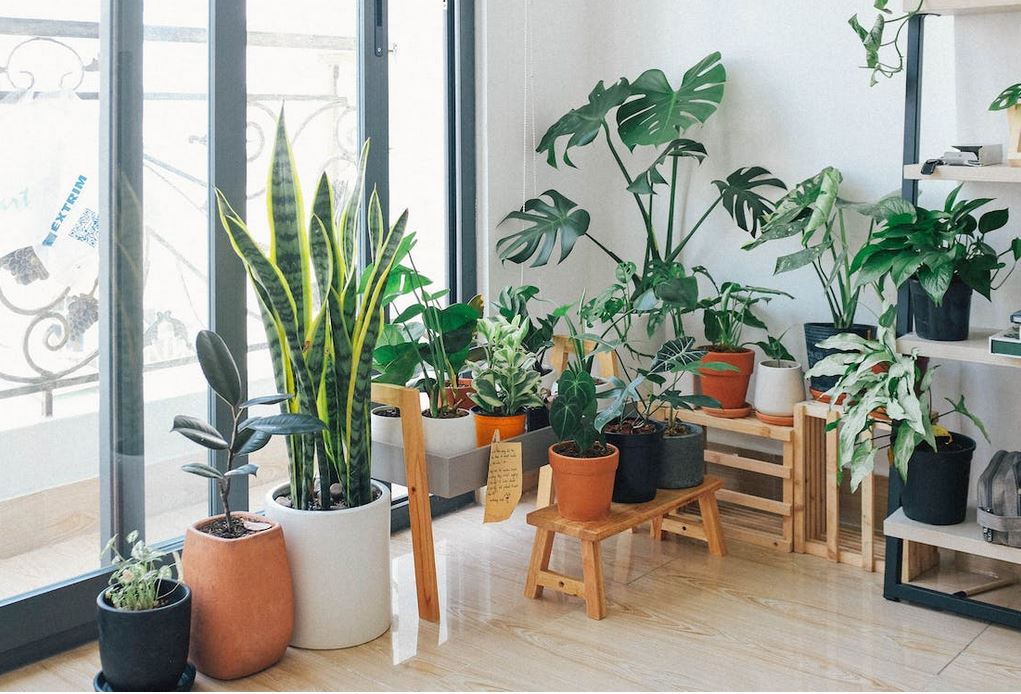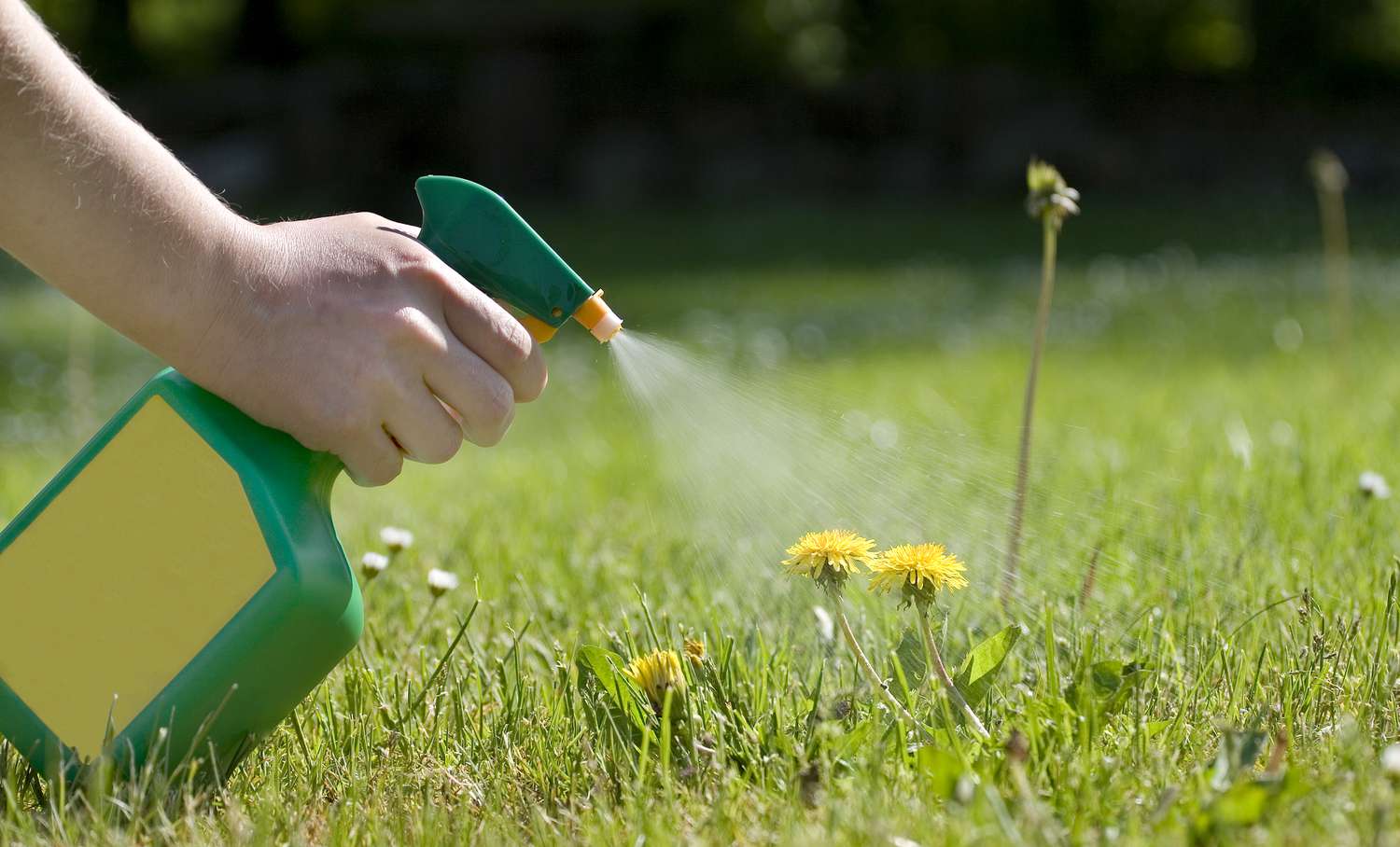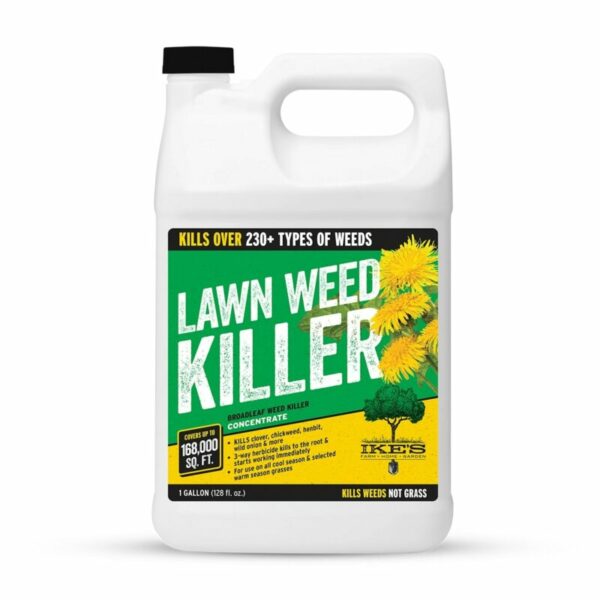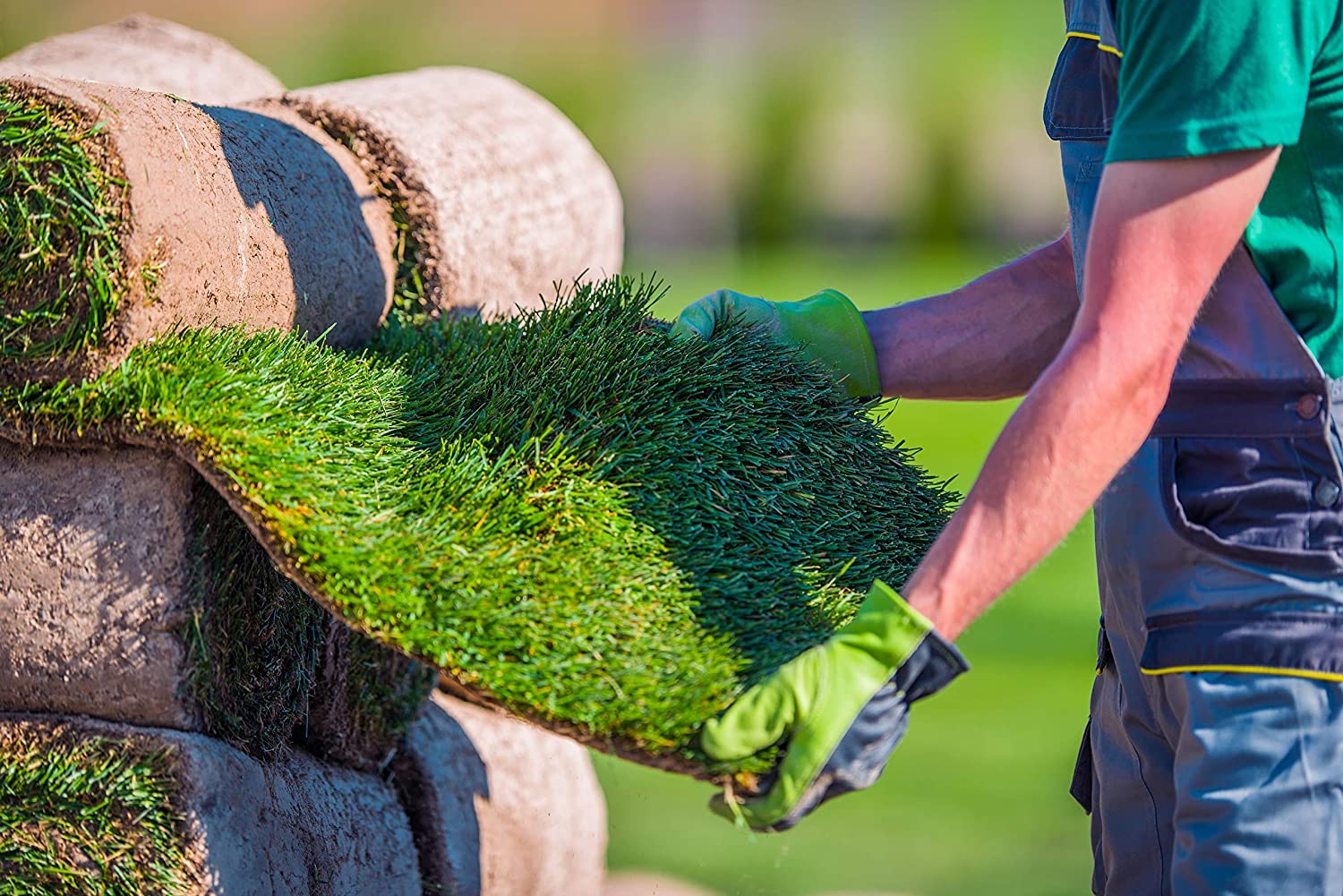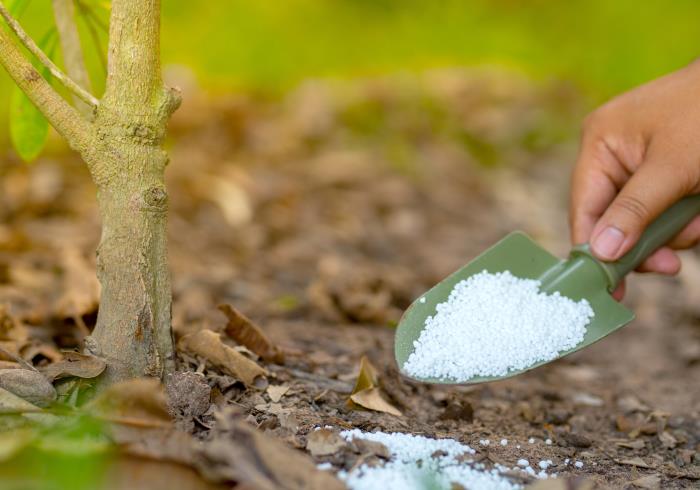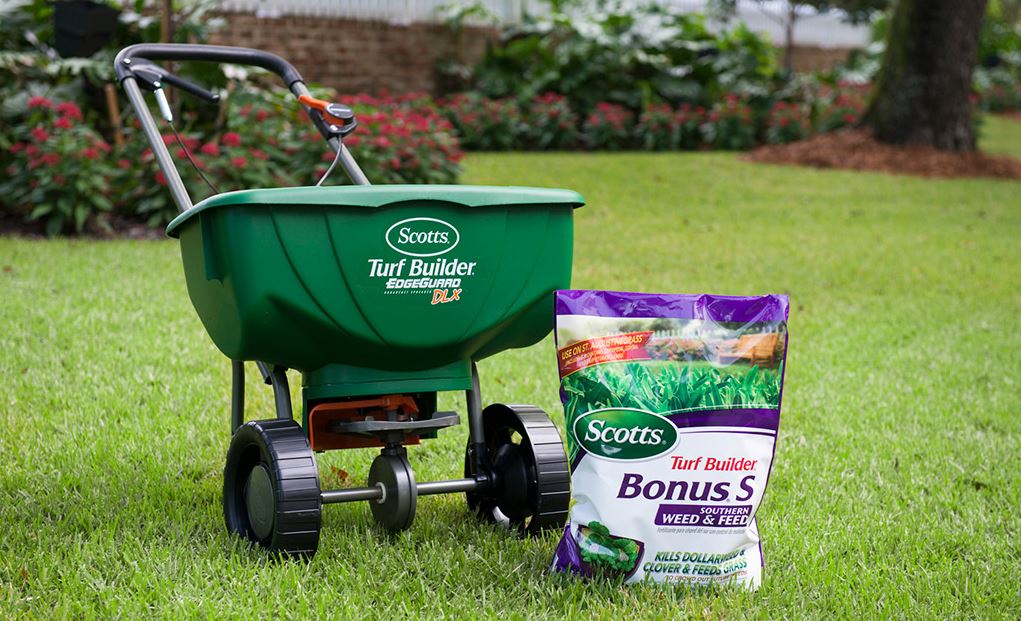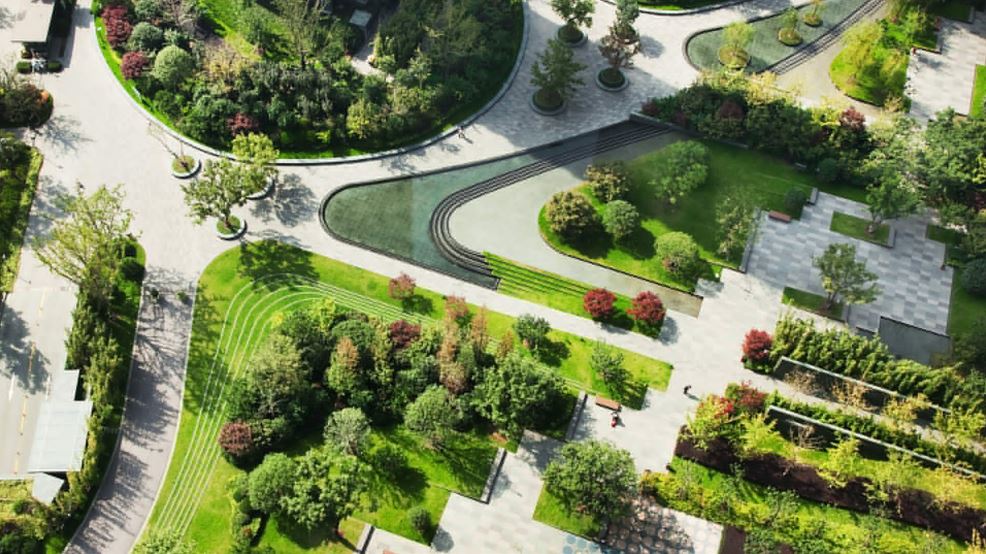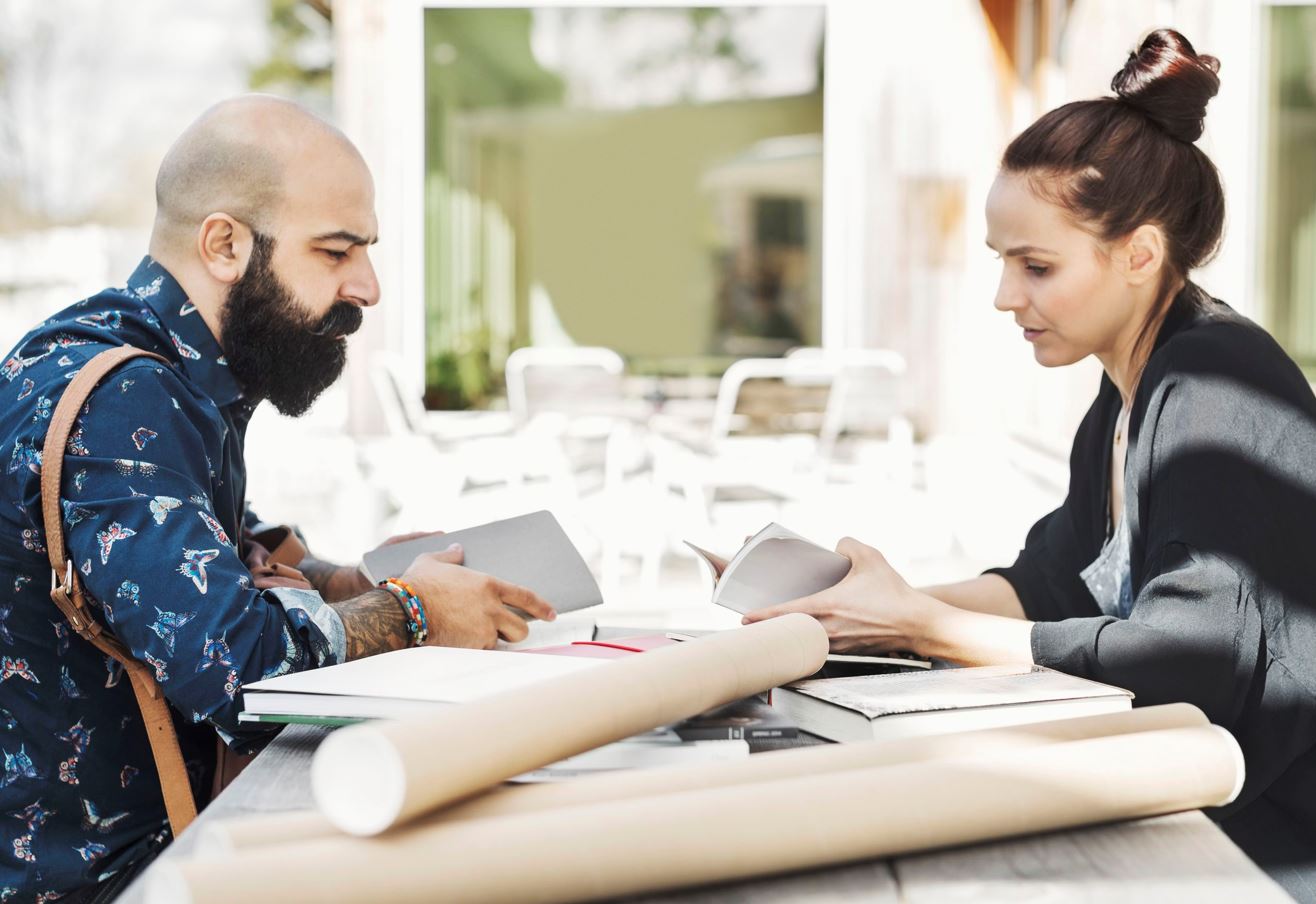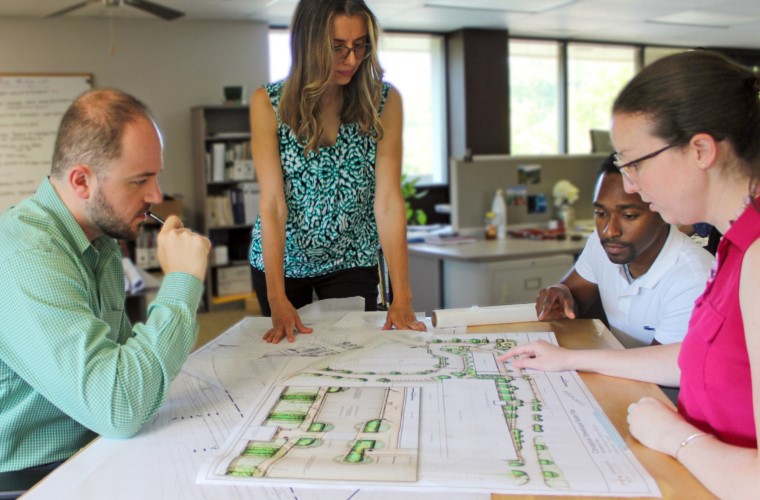Indoor gardening is a great way to bring a little bit of nature into your home and create a beautiful, lush environment that can improve your mental and physical well-being. With a few simple tips and tricks, anyone can become a successful indoor gardener, regardless of their experience or expertise.
In this guide, we will cover the basics of indoor gardening, including the best plants for beginners, the necessary equipment, and how to care for your indoor garden. Whether you are looking to grow herbs, flowers, or vegetables, you will find all the information you need to get started on your indoor gardening journey.
Choosing the Right Plants
The first step in creating an indoor garden is to choose the right plants. There are many different plants that are well-suited to indoor growing, but some are easier to care for than others. If you are just starting out, it is best to choose plants that are low-maintenance, such as herbs, succulents, and peace lilies.
Herbs
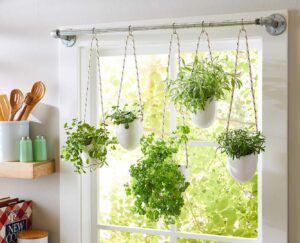
Herbs are a great choice for indoor gardening because they are easy to grow, require minimal care, and are incredibly versatile. Whether you are looking to grow basil, mint, or parsley, herbs are an excellent way to add fresh, flavorful ingredients to your meals, and they are also great for improving the air quality in your home.
Succulents
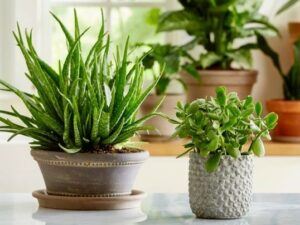
Succulents are another great option for indoor gardening. These tough, low-maintenance plants are perfect for those who are looking for an easy-to-care-for plant. They are also incredibly versatile and come in a wide variety of shapes, sizes, and colors, making them a great addition to any home.
Peace Lilies
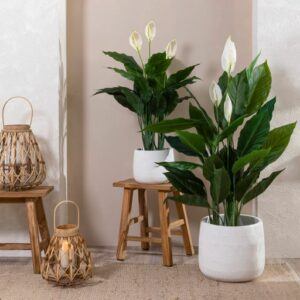
Peace lilies are a great option for those who are looking for a plant that can help improve the air quality in their home. These plants are known for their ability to remove harmful chemicals from the air, making them a great choice for those who are looking to create a healthier indoor environment.
Equipment and Supplies
Once you have chosen your plants, you will need to gather the necessary equipment and supplies. This includes pots, soil, fertilizer, and a watering can or watering device.
Pots
When choosing pots, it is important to consider the size of your plants and the amount of space you have available. If you are growing herbs, succulents, or peace lilies, small pots will suffice. However, if you are looking to grow larger plants, you may need to invest in larger pots.
Soil
Soil is one of the most important factors in indoor gardening, as it provides the foundation for your plants to grow. Make sure to choose a high-quality, well-draining soil that is appropriate for the type of plants you are growing.
Fertilizer
Fertilizer is another important element in indoor gardening. It provides your plants with the nutrients they need to grow and thrive. When choosing a fertilizer, make sure to choose one that is appropriate for the type of plants you are growing.
Watering Can
Finally, a watering can or watering device is necessary to keep your plants hydrated. Choose a watering device that is easy to use and will allow you to water your plants efficiently.
Caring for Your Indoor Garden
Once you have gathered all of the necessary equipment and supplies, it is time to start caring for your indoor garden. Here are a few tips to help you keep your plants healthy and thriving:
Light
Light is one of the most important factors in indoor gardening, as it provides your plants with the energy they need to grow. Make sure that your plants are placed in a location where they will receive adequate light. If you don’t have a sunny window, you can also use grow lights to provide your plants with the light they need.
Water
It is important to keep your plants hydrated, but be careful not to over-water them. Over-watering can lead to root rot, which can be fatal to your plants. The amount of water your plants need will depend on the type of plant, the size of the pot, and the humidity in your home. Make sure to check the soil regularly and only water your plants when the top inch of soil is dry.
Temperature
Indoor plants prefer a consistent temperature between 65°F and 75°F. Avoid placing your plants near air vents, fans, or other sources of draft, as this can lead to temperature fluctuations that can harm your plants.
Humidity
Indoor air can be dry, which can be harmful to your plants. To increase humidity, you can place a humidifier near your plants, use a pebble tray, or mist your plants regularly.
Fertilizer
Fertilizing your plants regularly will help to keep them healthy and promote growth. Follow the instructions on the fertilizer packaging to determine the appropriate amount of fertilizer for your plants.
Pests
Pests are a common problem in indoor gardens, but there are many ways to keep them at bay. You can use insecticidal soap, neem oil, or other natural remedies to control pests. You can also keep pests at bay by regularly inspecting your plants for signs of damage and removing any damaged leaves or stems.
Pruning
Regular pruning will help to keep your plants healthy and promote new growth. Prune your plants by removing dead or damaged leaves and stems. This will help to improve air flow and allow more light to reach the center of your plants.
Conclusion
In conclusion, indoor gardening is a great way to bring a little bit of nature into your home and improve your mental and physical well-being. With a few simple tips and tricks, anyone can become a successful indoor gardener. Whether you are looking to grow herbs, flowers, or vegetables, you will find all the information you need to get started on your indoor gardening journey. So, grab your equipment and supplies, choose the right plants, and start growing your own indoor garden today!

